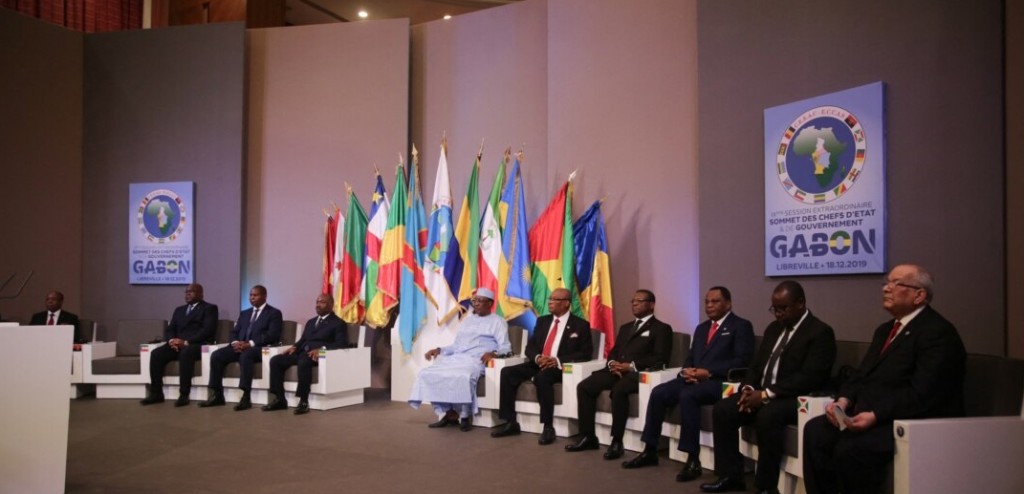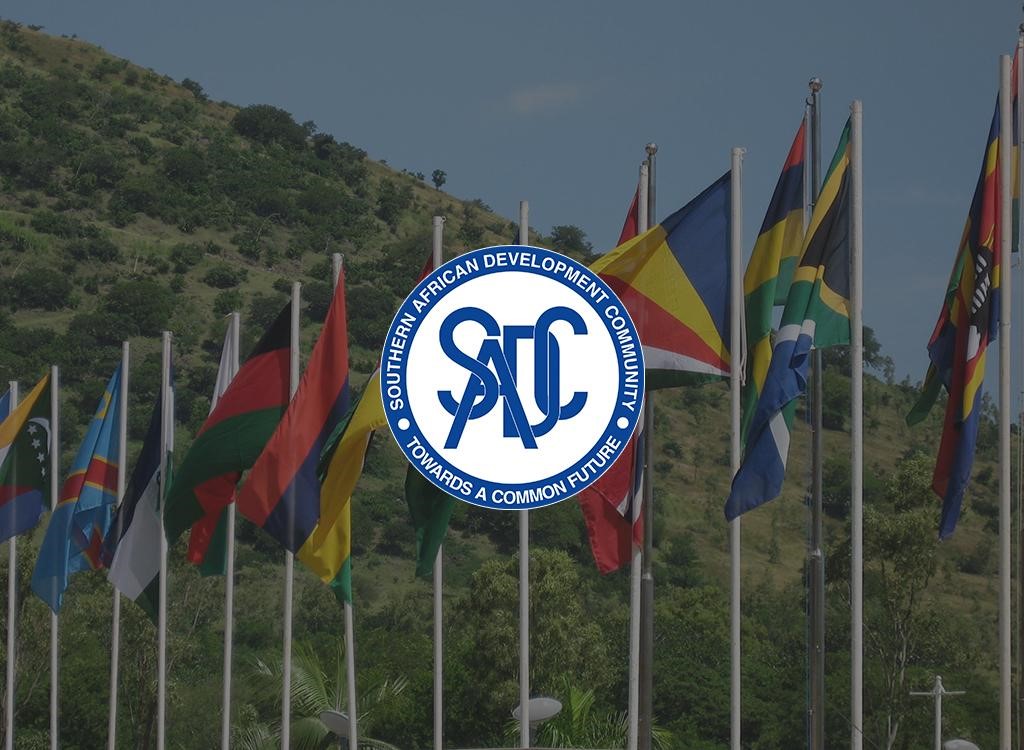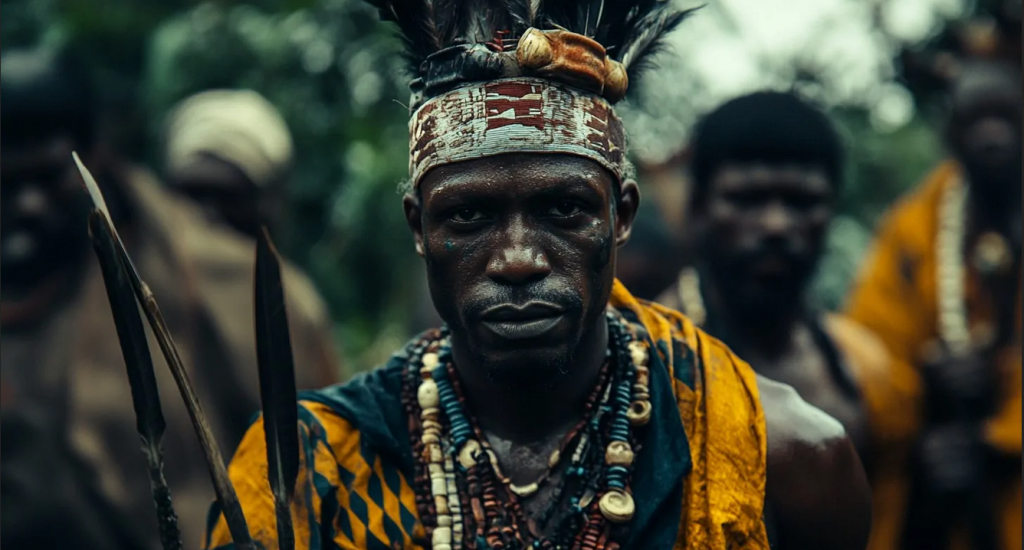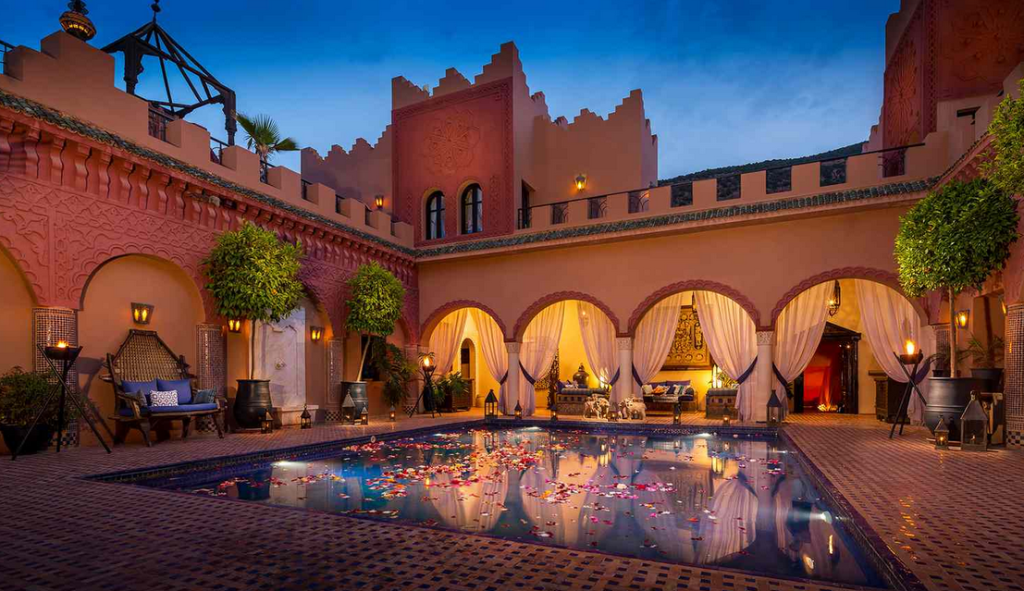Location
Mozambique is a beautiful nation located in Africa’s southeast. Mozambique is a country in southeast Africa that is known for its abundance of natural resources, its cultural and ecological diversity, and its tropical climate. Some of Africa’s finest natural harbors can be found along this country’s extensive coastline, which faces the Mozambique Channel and is separated from the African mainland by the island of Madagascar.
Language
Although Portuguese is the official language of the nation, only around half of the people is able to communicate well in it. Sena,Changana, Nyanja, Tswa, Ndau, Makhuwa, Chwabo, and are the principal languages spoken by the next largest number of people in Mozambique, respectively.
Climate
Mozambique has a tropical to sub-tropical climate. There is a north-south gradient in the distribution of rainfall in Mozambique, with greater precipitation towards the coast, where the annual average may range anywhere from 800 to 1200 millimeters. The high-altitude inland parts in the north and center regions get roughly 1000 millimeters of rainfall on average, while the inland regions of the central region and the south receive approximately 600 millimeters. The southern region of Mozambique is often drier, with an annual rainfall that is lower than 800 millimeters and reaching as low as 300 millimeters on average. The temperatures are at their highest and warmest towards the seaside, while they are lower and cooler farther inland. Summertime temperatures at the seaside typically range from 25 to 27 degrees Celsius, while wintertime temperatures hover between 20 and 23 degrees Celsius. Summertime temperatures in the southern area range from 24 to 26 degrees Celsius, while wintertime temperatures hover between 20 and 22 degrees Celsius.
History
Around the year 100 AD, individuals who spoke the Bantu language began to settle in the area that is now Mozambique. They earned their living by farming and creating iron implements. They were divided up into a number of smaller kingdoms. Arab traders had begun to make their way to the coast of Mozambique by the 9th century. Arabs and Africans engaged in commercial activity for hundreds of years following the event.
The next year, 1498, a Portuguese navigator named Vasco da Gama arrived at Ilha de Mocambique as he was traveling to India. Antonio Fernandes, a Portuguese explorer, was the first person to go far into the interior of Mozambique in 1511. The Portuguese colonized the coast of Mozambique beginning in the 16th century and constructed commercial ports throughout its length. In addition to this, they acquired control of part of the property and subdivided it into vast estates known as prazos. However, over the ages, Portugal’s grip over Mozambique was only extremely limited at best.
When Europeans began dividing up Africa among themselves in the late 19th century, the situation began to shift significantly. 1891 saw the signing of a treaty between the United Kingdom and Portugal. The British acknowledged Portuguese East Africa’s existing territorial boundaries (Mozambique). In Mozambique, a network of railroads was constructed, but the country’s indigenous population received little assistance.
Modern Mozambique
The situation in Africa began to shift in the 1950s and early 1960s, which resulted in the independence of several of the continent’s nations. The Mozambique Liberation Front, often known as Frelimo, was established in 1962. Despite this, the Portuguese were adamant on maintaining control over their colonies throughout Africa.
In 1964 Frelimo initiated an armed struggle. The conflict lasted for ten years, during which time the Portuguese suffered a steady loss of territory. Mozambique attained its long-sought goal of national independence on June 25, 1975.
However, the newly elected government in Mozambique implemented socialist policies, which resulted in the country’s continued economic decline. Worse yet, beginning in 1977, Mozambique was engulfed in a civil conflict. Renamo, an anti-communist movement, engaged in armed conflict with the government over a period of fifteen years.
Nevertheless, by the year 1989, Frelimo had abandoned its socialist ideas, and the following year, in 1990, they released a new constitution. Then, in 1992, Renamo came to a peace deal with the government. Elections were conducted in the year 1994. After the conflict, Mozambique made a full recovery, and now it is growing at a fast rate.
Mozambique was hit by severe floods in the years 2000 and 2001, which caused the country to undergo more losses. Then, in the year 2002, a terrible drought struck the area. Yet Mozambique rapidly recovered. Even though it is still a developing nation, Mozambique’s economy is showing consistent growth. Mozambique has significant potential for tourism. Mozambique had a total population of 31 million people in the year 2020.




